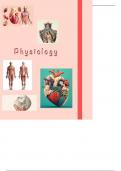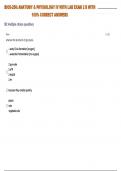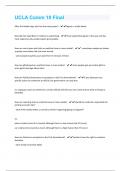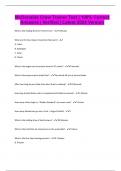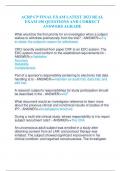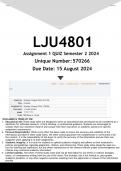Summary
Summary ISE Vander's Human Physiology - Physiology Bachelor of Sciences (FLGX123)
- Course
- Institution
- Book
Physiology second semester first year summary. Membrane and Muscle Physiology summarized in full depth, with examples. All study Units are included in the summary.
[Show more]
